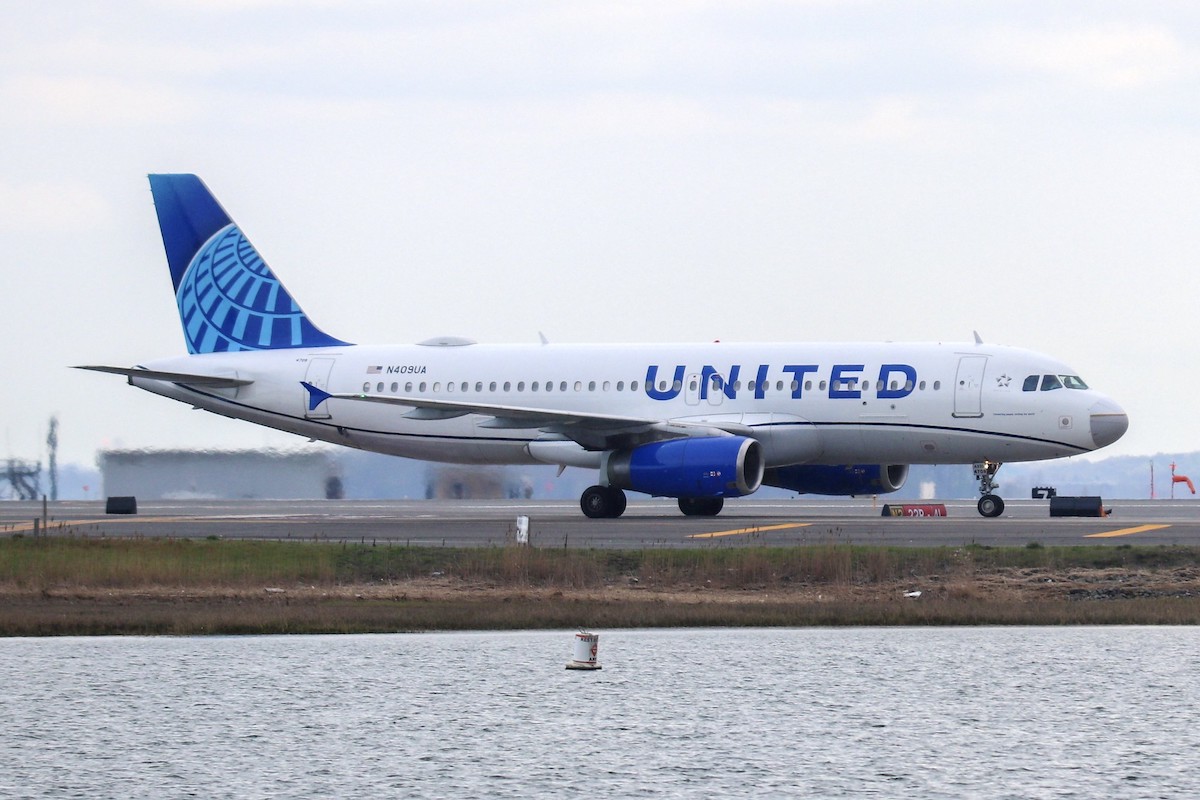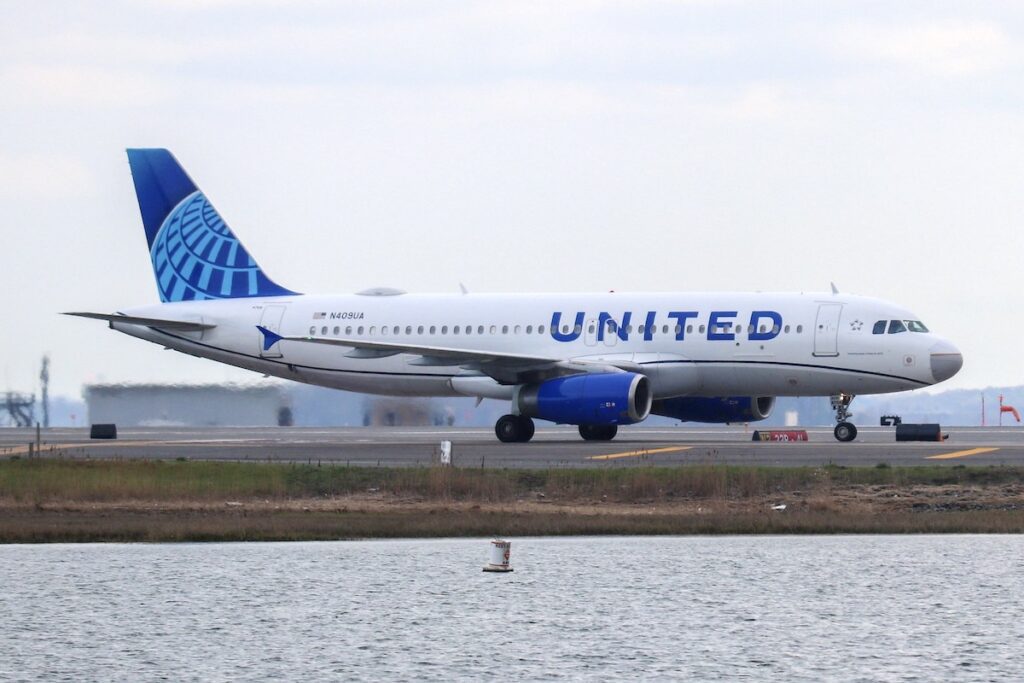
[ad_1]

When it comes to international travel, this past summer has been record breaking for airlines. American Airlines, Delta Air Lines and United Airlines continued to see a sustained increase in international bookings, with some regions — like southern Europe — becoming year-round tourist destinations.
Airlines are betting that this demand will continue into next summer. For example, American Airlines recently released its summer 2025 schedule, which included new routes to places like Athens, Milan, Rome, Edinburgh, and Madrid.
But at the same time, carriers are continuing to face headwinds in Asia, particularly China. Delta scrapped plans to resume its Los Angeles-to-Shanghai service in May and many other Western carriers are axing routes to China due to restrictions on Russian airspace.
Skift spoke with Patrick Quayle, United’s senior vice president of global network planning and alliances, about the state of the airline’s network.
This interview has been edited for length and clarity.
Skift: A lot of Western carriers have been dropping China routes and out of the American carriers that do fly to China, United has the most capacity. Could you tell me a little bit more about United’s thinking on that.
Quayle: Prior to Covid, we had the most capacity. We had 10 and a half flights a day going to mainland China, plus an additional three to Hong Kong. It was more than American and Delta combined, quite candidly.
Obviously Covid happened and during Covid, the Chinese government put restrictions on U.S. airlines and they said, ‘Hey, you’re not allowed to fly here to all these places.’ If someone comes into China, you have to test 24 hours before, then you have to test 48 hours before, then it ends up being you had to test seven days before, 48 hours before, and 24 hours before.
Assuming you pass all three of those tests, then you can get on the airplane. And then they test you again in China. If for some reason someone then tested positive in China, they would then analyze the airline, not just the U.S. airline. This is true for Emirates, this is true for British Airways, any airline, to be very clear. It’s not like anti-U.S. airlines, this is just their policy. They said we would then penalize the airline and you have to sell 50 seats less or 100 seats less or you can’t fly the next day. They had all these rules and all these penalties.
As a result of that, as Covid has lessened and as the world opened up, the U.S. government and the Chinese government said, ‘Hey, this isn’t quite right.’ If you recall right after Covid, it was one flight — we could each have one flight and we were the only ones that were flying. It was us and Delta. And then American jumped in. We just started our LA-Shanghai flight, so we have three flights a day going to mainland China. And so you’re right, we have the most capacity, but this is gonna take time. And it’s government to government because of the bilateral process that was kind of reset during the Covid era.
Skift: Airlines for America flagged concerns that it feels like Chinese carriers have a competitive advantage over routes out of the U.S. to China due to the Russian airspace restrictions. A4A has said it’s concerned that Chinese carriers will saturate the market when things do return to normal. Is that a concern that you have for United — losing its competitive edge in that market?
Quayle: I completely agree with Airlines for America. It’s a real grave concern to us. Because obviously as a U.S. airline, and the same is true for European airlines, we are not flying over Russia. Because of that we cannot fly from Washington, D.C. or from New York, both of which we flew service to China. We cannot do that because you would have to fly over Russia. Well, the Chinese don’t have that restriction. So that creates an unequal playing field.
If there’s a level playing field, let two companies compete. Let us compete on service. Let us compete on product. Let us compete on network. Let us compete on price. But you can’t have it where one company has an advantage. And the other one simply can’t fly the route, again, because of politics. So I 100% agree with A4A.
Skift: United has launched some interesting routes within Europe and it’s also going to start the Marrakech service soon. I’m curious as to how those more off the beaten path destinations perform for United, especially since the pandemic.
Quayle: I’m so passionate about the network and the biggest thing that I want to bring is — you look at this business. So many people think it’s a commodity and I want to de-commoditize that. The way that we can do that is to create unique experiences.
So when we’re adding a place like Marrakech or we’ve added a place like Naples or Cape Town or Dubrovnik or Porto, these are experiences that we’re trying to get out there to the traveling public. Because previously they were unserved. You couldn’t get there on a single U.S. airline. In many of these cases, there was no airline that flew it.
To this day, we’re still the only airline flying to Malaga or to Barovnik or Palma de Mallorca. The other two have copied us going into Naples, the other two have copied us into some of these other things. But it’s really about creating unique experiences.
At the same time, we also have targets to our shareholders that we are trying to meet and we have publicly stated that. And so we’re not just going to add a bunch of flying that loses money. Given the fact that our margin is top tier performance, that would tell you that the routes that we’re adding are in line with all our financial targets because our goal is not to go out there and create a unique experience at a great cost to the shareholder.
Skift: Which of United’s hubs are outperforming right now? Are there also any that are underperforming?
Quayle: All of our hubs make money, which if you were to model out what our competitors are doing, the same is not true for them. We’re pretty unique in that all of our hubs are producing profits for the company. Sure, some are outperforming others, but I’m not gonna name which ones are outperforming the others.
Skift: As far as the domestic market goes, I know United executives said they expected the low-cost carriers to course correct on the overcapacity that ate into United’s profits and the profits of other carriers. What are you seeing now? Are you seeing a bump in domestic bookings?
Quayle: The place that we’re starting from is each one of our hubs is profitable. Yes, there’s a distribution of more profitable to least profitable, but that’s what happens when you have seven hubs. One’s gonna be the most profitable, one’s gonna be the least, but every single one is profitable.
We look at specifically the middle of August, that’s when a lot of airlines start changing their schedules, so we’ve crossed that threshold. The capacity that airlines have out there is reduced in the second half of the year, and particularly from mid-August through December versus the first half of the year. You can see every single airline, every single U.S. airline, has less capacity in the back half of the year than they had in the first half of the year, and that’s even true for United Airlines.
The low-cost carriers are losing the most money. If you look at airlines like Spirit, JetBlue, Frontier, their losses are extreme. They have extreme losses, quite candidly. They had extreme losses in the second quarter. They’re forecasting extreme losses in the third quarter and we’re forecasting a solid profit. And so because of that, there’s more pressure on them to cut because what they’ve been doing is just simply not working.
Airlines Sector Stock Index Performance Year-to-Date
What am I looking at? The performance of airline sector stocks within the ST200. The index includes companies publicly traded across global markets including network carriers, low-cost carriers, and other related companies.
The Skift Travel 200 (ST200) combines the financial performance of nearly 200 travel companies worth more than a trillion dollars into a single number. See more airlines sector financial performance.
Read the full methodology behind the Skift Travel 200.
[ad_2]